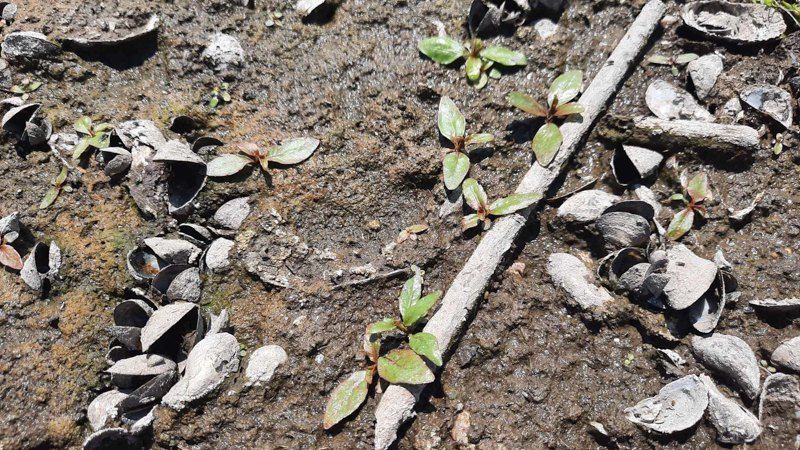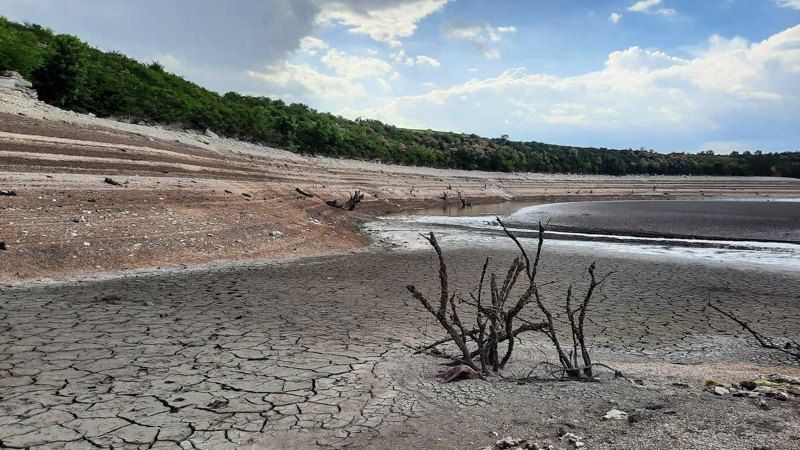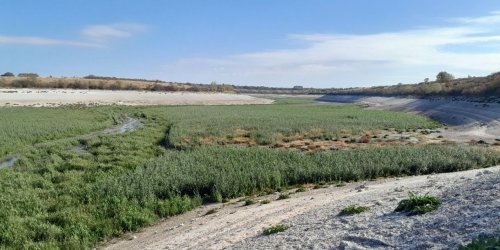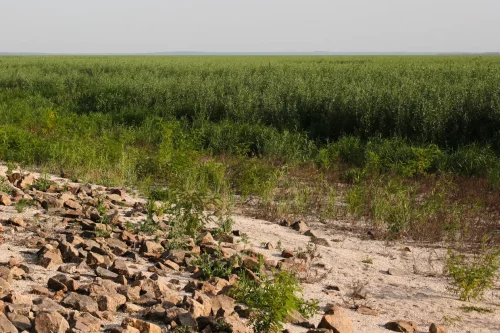After the occupiers blew up the Kakhovskaya HPP, one of the biggest sources of danger was the sludge at the bottom of the reservoir, in which radionuclides had accumulated. However, this fear did not come true during the expedition to the Kakhov reservoir.
This was reported by Anna Kuzemko, a leading researcher at the Institute of Botany named after M. G. Kholodny and a member of the Ukrainian Nature Protection Group, in an interview LB.ua.
It is worth noting that Kuzemko was able to see at least part of the Kakhov reservoir together with her colleagues on the expedition.
"The left bank is close, and therefore it is dangerous there (due to hostilities, the Russians are standing on the left bank of the Dnieper, – EDIT.). Despite this, we visited several streams and saw how quickly everything began to grow. A lot of young seedlings of various plants. Judging by the photos recently sent to us by our colleagues from the Kamianska Sich NPP, in fact, those beams are already green. That is, the vegetation is developing at a high rate," said the scientist.
According to her, during the discussion of the consequences of the dam explosion, it was believed that one of the biggest sources of danger would be the sludge at the bottom of the reservoir, which has accumulated a lot of heavy metals and radionuclides. The hypothesis was that it would dry out and be blown away by the wind.

Photo: Alla Kuzemko
"But in reality, we did not see such muds that would disperse. Only a small part of them. When we arrived, the muds were mostly already very dense, cracks up to 30 cm deep formed on them. Our algologist colleagues assumed: if they form there crusts of algae, they will restrain the weathering process. Plus there is a dense crust of salt, which is pulled up from the lower horizons with groundwater to the surface. And this also binds the layer of silt," explained Kuzemko.
She told how during the expedition they discovered that stunning landscapes had been exposed – a stream near the village of Respublikanets or the Kamianka River.

Photo: Alla Kuzemko
"The water there dropped by 9-10 meters. And we expected that everything would be covered with silt, but over many years a layer of Dreissena mollusc shells formed on it. Layers of it are present on large areas. Or the Kamyanka River. It was flooded for 70 years ago, and three weeks were enough for it to appear on the surface of the earth and form a channel again. In many streams, groundwater also comes out in rivulets and in places floods the bottom. We saw the once buried soils and the remains of the garden on them – fruit trees, which are also plastered dreissen shells," said the scientist.
According to her, the biggest surprise was the huge number of seedlings at the bottom of the reservoir, because everyone was afraid of desertification.
"And secondly, that these squares covered with dreisen were formed. By the way, we expected that there would be a stench due to tons of dead mollusks, crustaceans, and fish that would decompose. Many specialists pointed to this. But such a strong smell of rotting was not felt. Rather, there was a sea smell, like in Sivash, where it is very salty. This also came as a surprise, because we were afraid that everything would be much worse," Kuzemko concluded.

Photo: Alla Kuzemko
As EсoPolitiс reported earlier, on the night of June 6, the Russian occupiers blow up the dam at the Kakhovska HPP. The detonation led to a man-made disaster and emergency environmental situation.
Due to the explosion of the Kakhovskaya HPP, the national nature parks "Veliky Lug" and "Kamyanska Sich" in Zaporizhzhia are gradually turning into a desert.
As of June 22, the Prime Minister of Ukraine, Denys Shmyhal, stated that, according to preliminary estimates, the damage to the environment from the explosion of the Kakhovskaya HPP reached $1.5 billion.
In July, the first sprouts of plants appeared at the bottom of the Kahovsky Reservoir





